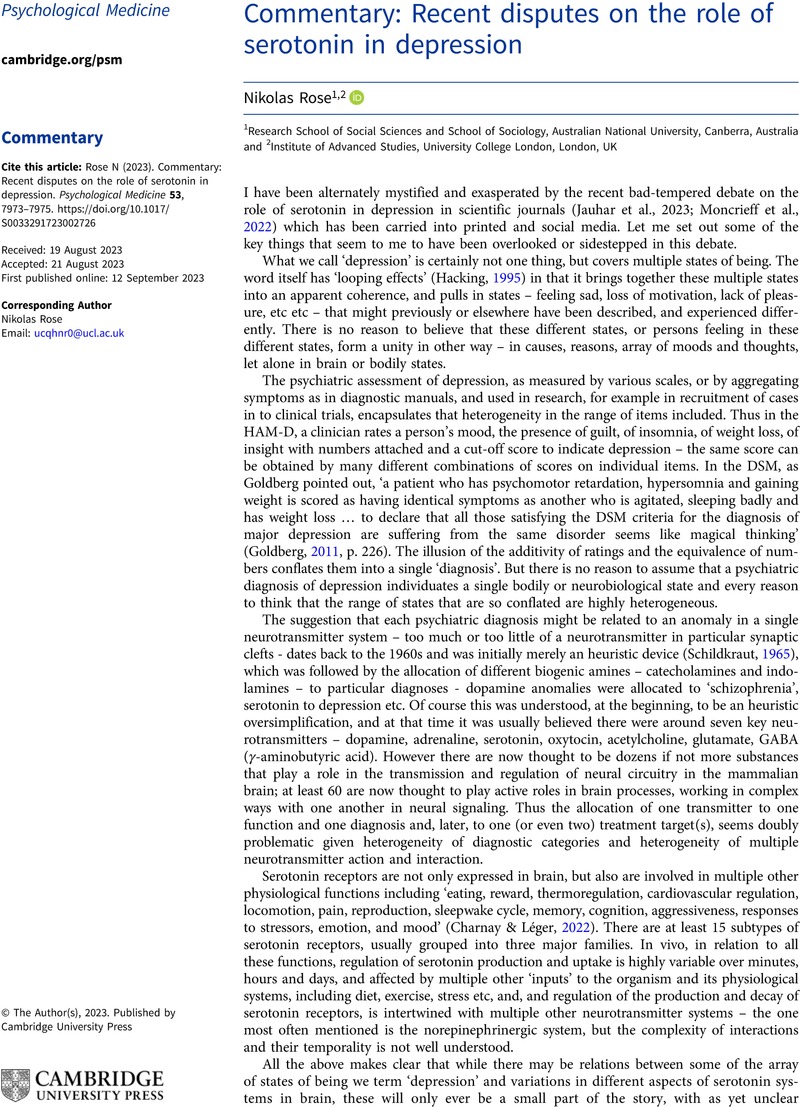Crossref Citations
This article has been cited by the following publications. This list is generated based on data provided by Crossref.
Du, Xin
Wang, Bingbing
Wang, Heng
Li, Qingyun
Li, Xinyu
Hu, Peng
Lai, Qingwei
and
Fan, Hongbin
2024.
Is the regulation of lamotrigine on depression in patients with epilepsy related to cytokines?.
Heliyon,
Vol. 10,
Issue. 12,
p.
e33129.




